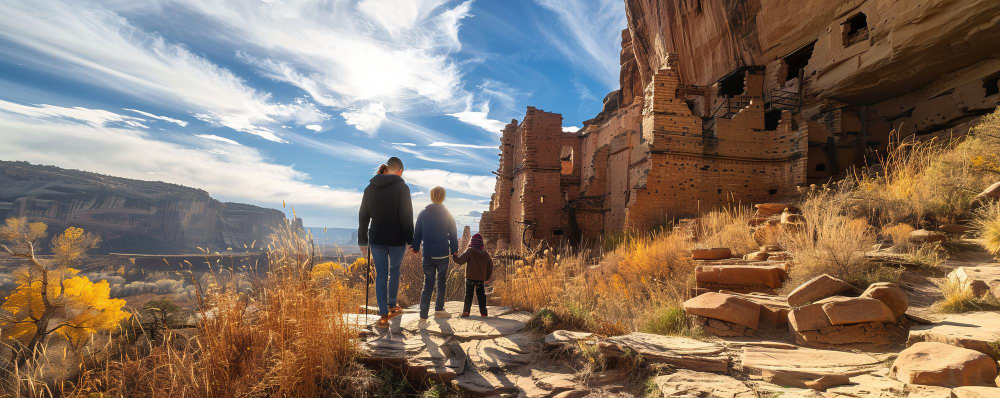Best Time to Visit Jordan: Weather, Festivals & Travel Tips

Choosing the best time to visit Jordan can make a big difference in your travel experience. With its diverse landscapes—from the rose-red city of Petra to the serene shores of the Dead Sea—Jordan offers year-round attractions. However, weather patterns, local festivals, and seasonal activities can help you plan the perfect trip.
Jordan’s Climate Overview
Jordan has a predominantly desert climate, which means hot summers, mild winters, and plenty of sunshine throughout the year. However, temperatures can vary widely depending on the region:
- Amman and the Highlands: Cooler and wetter than the desert areas.
- The Jordan Valley and Dead Sea: Warm and humid, even in winter.
- Wadi Rum and Petra: Dry with significant day-night temperature swings.
Spring (March to May) – The Ideal Season
Spring is widely considered the best time to visit Jordan. Temperatures range from 15–25°C (59–77°F), making it perfect for sightseeing and outdoor activities. Wildflowers bloom across the countryside, adding vibrant colors to the desert landscape.
- Highlights: Comfortable hikes in Petra and Dana Biosphere, pleasant evenings in Amman, and scenic drives through the King’s Highway.
- Festivals: The Amman International Theatre Festival often takes place during spring, offering a taste of Jordan’s arts scene.
Summer (June to August) – Hot but Manageable
Summer brings high temperatures, especially in desert regions where daytime highs can exceed 35°C (95°F). Despite the heat, this season offers unique advantages:
- Benefits: Lower tourist crowds and potential off-season discounts on hotels and tours.
- Tips: Focus on cooler destinations like Ajloun Forest or plan activities early in the morning and late afternoon.
Autumn (September to November) – Another Perfect Window
Autumn rivals spring as the most comfortable time to travel. Temperatures are similar to spring, and the clear skies are ideal for photography.
- Highlights: Stargazing in Wadi Rum, floating in the Dead Sea, and enjoying Petra’s trails without summer heat.
- Festivals: Jerash Festival of Culture and Arts sometimes extends into early autumn.
Winter (December to February) – Cool and Quiet
Winter temperatures range from 5–15°C (41–59°F) in most areas, with occasional rain in the highlands and rare snowfall in Amman or Petra.
- Benefits: Fewer tourists, lower prices, and a serene atmosphere at major sites.
- Considerations: Nights can be cold, especially in Wadi Rum and Petra, so pack warm layers.
Special Considerations by Destination
- Petra: Best in spring and autumn to avoid extreme heat or cold.
- Dead Sea: Pleasant year-round, but winter nights can be chilly.
- Aqaba: Perfect for winter beach escapes with warm Red Sea waters.
Travel Tips
- Book Early: Spring and autumn are peak seasons; reserve accommodations and tours in advance.
- Stay Hydrated: Even in cooler months, Jordan’s dry climate can cause dehydration.
- Layer Up: Day-night temperature swings can be significant, especially in the desert.
Final Thoughts
Jordan is a year-round destination, but spring and autumn provide the best balance of comfortable weather and vibrant activities. Whether you’re exploring Petra, floating in the Dead Sea, or stargazing in Wadi Rum, timing your visit wisely ensures a memorable journey.
Meta Description (160 characters): Discover the best time to visit Jordan. Learn about weather by season, top festivals, and travel tips to plan the perfect Jordanian adventure.






